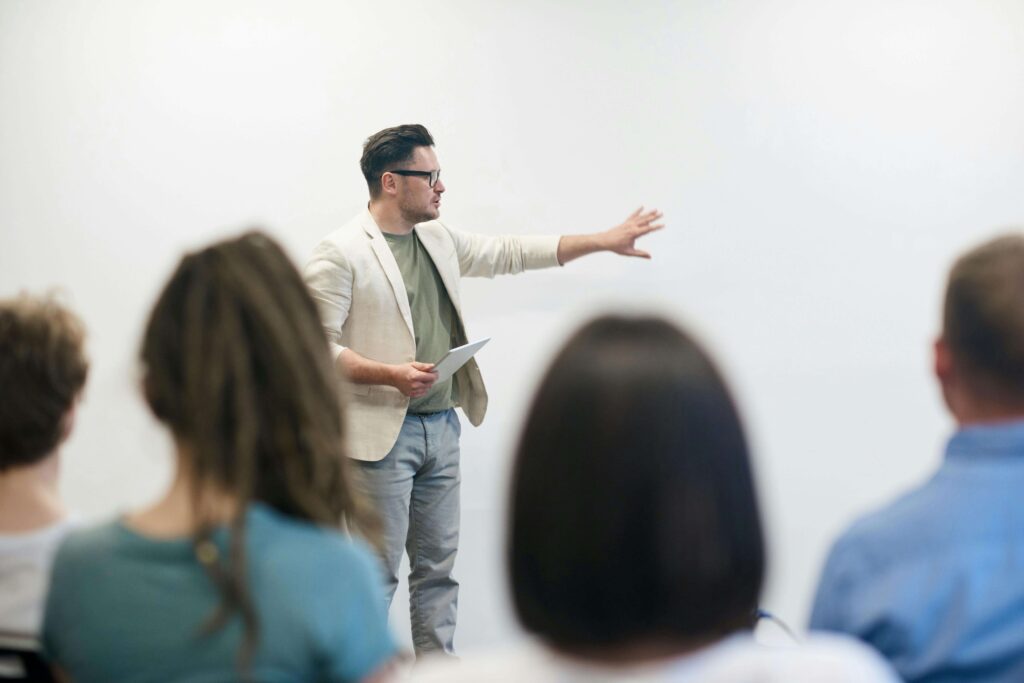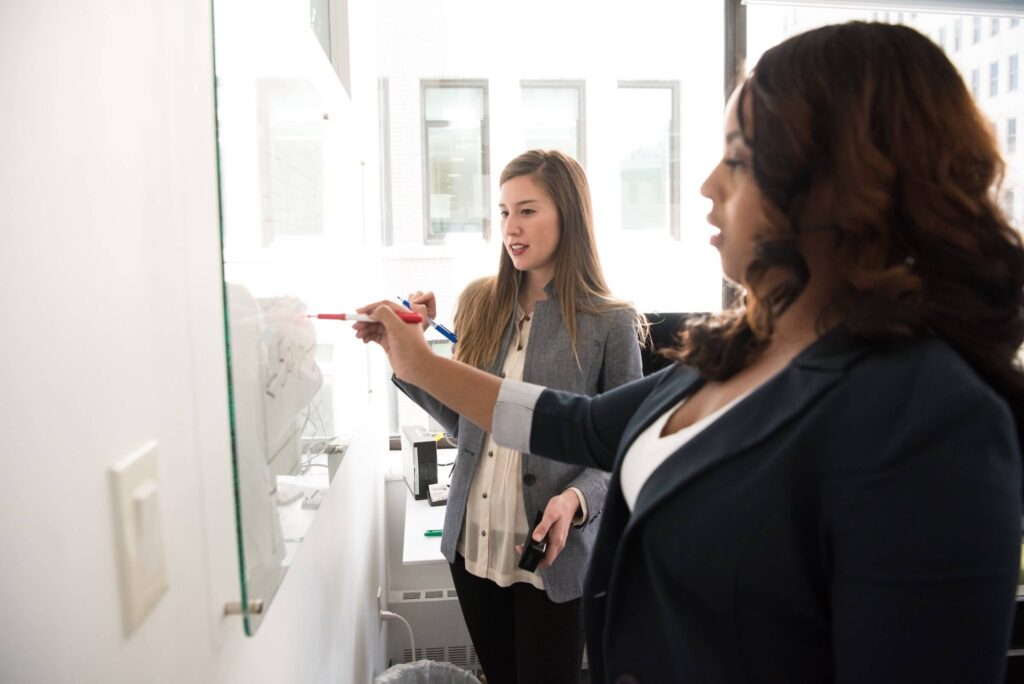Overview
As technology advances, institutional knowledge sharing across organizations has become vital in the race to keep up with the pace of change.
In July, PlusPlus hosted a lunch and learn with Saša Gargenta, co-founder of Twitter University, to explore how the organization helps engineers get up to speed faster through live, instructor-led peer learning at scale.
Here, Saša explains how his team grew to include over 200 engineer instructors who both teach and facilitate learning – historically ranging from 10 to 20% of the engineering workforce.
Twitter University focuses on building a culture of learning for engineers at Twitter.
About Saša
Saša started his career as a software engineer, in Toronto, Canada. In 2005, he moved to San Francisco to join his brother, Marko, to launch Marakana, an open-source training platform for IT professionals.
In 2013, Twitter acquired the company, and it became the foundation of Twitter University. It’s worth noting that this team is nested within Twitter’s Engineering org, which funded this acquisition.
What is peer learning?
There are two ways the learning and development industry thinks about peer learning:
-
- As cooperative learning, where people within a classroom help each other to learn.
-
- Twitter uses this approach as a pedagogical tool to drive engagement.
As learning across time and space. Learning for everyone, by everyone, about almost anything. Saša explained that the strategy at Twitter is to focus on the second definition, with the aim of distributing learning throughout the organization.
- Twitter uses this approach as a pedagogical tool to drive engagement.
The path to peer learning at Twitter
When Twitter first acquired Marakana, the initial objective was to help drive learning in specific technical competencies, such as Android, Scala, and Python. Saša now refers to this as commodity learning.
The team quickly realized the need that existed at the company was less about developing off-the-shelf skills, and more about the application of those skills at Twitter. But, the team lacked the subject-matter-expertise to quickly meet this demand.
Fortunately, there was a small contingent of passionate volunteer engineers who were driving engineering onboarding, which gave the team an idea to tap into existing subject matter expertise.
The challenge was to shift the team from teaching everything themselves to facilitating knowledge sharing at scale, through the subject matter experts already at the company.
Best practices
After making some early observations about what was working well and the barriers they needed to overcome, the team identified some critical elements for successful peer-to-peer knowledge sharing.
For example, some people who are new to teaching tend to default to lecturing. This is where they feel in control and comfortable, but this approach isn’t optimal for engagement and retention.
To develop their teaching skills, the engineers at Twitter needed support with pedagogical strategies, such as driving student engagement and being accountable for knowledge transfer.
The Twitter University team made the teaching process easier for engineers by identifying distinct course types, and ensuring each course syllabus had clear objectives. This made it easier to align learners’ expectations to what each session was supposed to convey.
The team then came up with a process for launching new learning content, focusing on quick feedback loops:
- Step 1: Conduct a need analysis
- Step 2: Assign a course type
- Step 3: Create a syllabus
- Step 4: Test for demand
- Step 5: Draft learning content
- Step 6: Test content with a friendly audience
- Step 7: Launch
- Step 8: Iterate
Saša’s team also identified additional strategies that can also help when developing knowledge sharing within an organization:
-
- Keep lessons short and modular, but tie them into a larger narrative
-
- Contextualize content for your organization
-
- Use personal stories
-
- Continuously motivate learning – start with a why
-
- Make learning hands-on
-
- Lower the cost of development and maintenance
-
- A platform for peer learning
The team at Twitter also needed a way to encode these best practices into a platform. Doing so would help provide consistency and automate repetitive tasks. They could then focus their attention on coaching, supporting, and recognition.
They created a platform that offers several key features to run their business while providing a good user experience. These include:
-
- Course cataloguing
-
- Complex event and classroom scheduling
-
- Signup/wait-list/request/subscription workflows
-
- Calendar integration
-
- Feedback collection and reporting
-
- Video storage, playback and tracking
-
- Learning path management – to capture learning over an arc of time
-
- Pro-tips for micro-learning
-
- Reporting and analytics
Saša emphasizes that calendar integration is a crucial ingredient for any digital learning platform as it brings the learning right to the participant. Many existing systems, even those used by other learning organizations at Twitter, do not yet have a robust mechanism for this.
Coach, support, recognize
The goal at Twitter was to make sure volunteer instructors could drive real impact through their efforts to share their wisdom and expertise, and then be recognized for what they do. But, they also needed to be supported through quick feedback loops.
Saša’s team developed a program called ‘Go Teach’ to meet this need, where meetups are scheduled with instructors to help them get better at teaching and presenting.
The program rewards these SMEs for their contribution and gives them a sense of belonging to a teaching community.
They also linked the development of teaching skills to career ladders, so volunteer instructors’ contributions are officially recognized during their performance reviews.
Key takeaways
Saša ended his talk by summarizing some of his team’s key takeaways:
-
- Peer learning helps scale the organizational know-how
-
- Subject matter experts are already willing and able to teach
-
- The learning team needs to reduce friction, drive best-practices, and amplify teachers’ voices
-
- Get a learning platform to encode and automate these best practices
- Coach, support and recognize the teaching community







